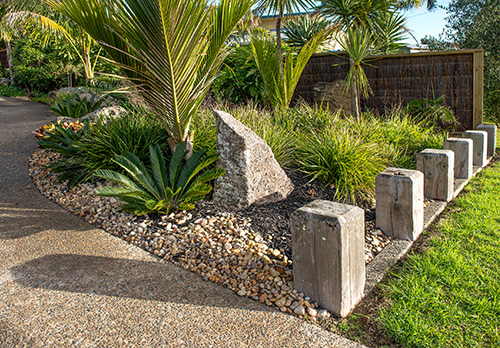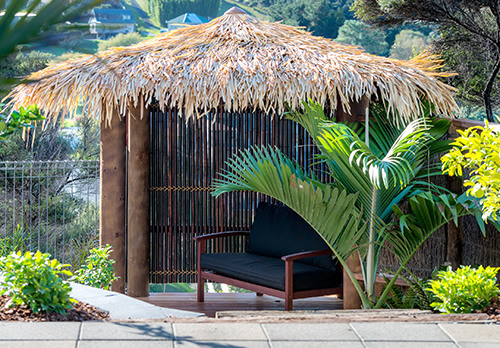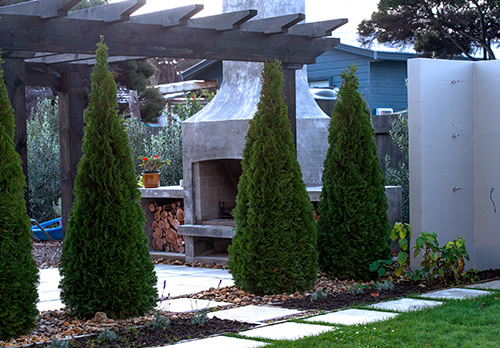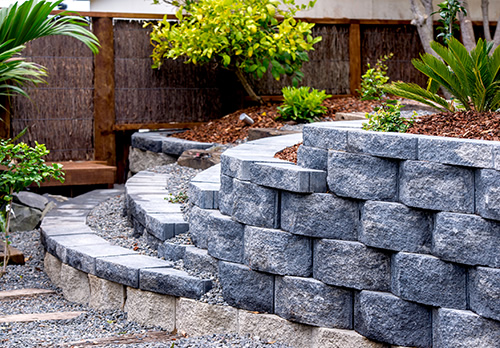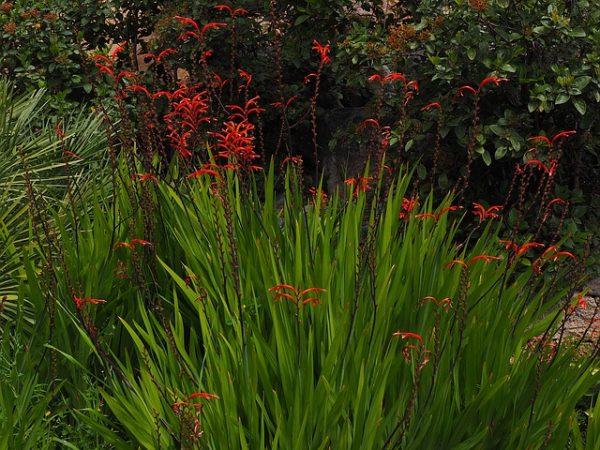
Weeds are undesirable plants that choke native plants and prevent your plants from growing. Notorious weeds are wild ginger, ivy, periwinkle and montbretia.
Are you getting bested by the weeds? Knee deep in pesky grasses and watching your flowers fall victim to parasitic plants? It’s time to take action! Take out the weed control, grab a weedmat and some mulch or a good compost and prepare to get stuck in. Life’s a garden, you gotta dig it.
To help with the maintenance of your garden, we’ve put together a quick guide to sorting out your weeds. Weeds are undesirable plants that choke native plants and prevent your plants from growing. Notorious weeds are wild ginger, ivy, periwinkle and montbretia. Often these types of weeds grow as a ‘colony’ and can be tricky to remove. Some particularly nasty ones in New Zealand are nightshade and tobacco weed. Get rid of them quickly!
If you’re not sure which plants in your garden are actually weeds, it’s best to look up a weed identifier or resource like Weedbusters NZ to help.
Once you know where your weeds are growing, your first step is to identify the origin or source of the weeds. Follow the stems right to their entry point in the ground. If you’ve got a hefty spread, spraying the section might be the most efficient method for clearing. Choose a herbicide that removes selected plant types. These are usually designed to remove weeds from lawns, but are quite versatile.
When applying herbicides, read the instructions carefully! The gung-ho point and spray technique could ruin the garden you’ve worked hard to maintain. Weed killer is most effective on a warm, sunny day and is best closer to the roots – usually Spring, Summer and Autumn months when the weeds are actively growing. If you’re looking for a non-chemical based remover, boiling water on the roots kills weeds on paths and shingle.
Smaller clumps can be dug up and removed by hand. Use a fork to hoe off or dig out weeds, getting out as much of the root as you can. Roots left in the soil can repair and return with a vengeance. Check under bushes and perennials for sneaky weeds trying to grow through the foliage.
Weeding is an activity best done in wet soil – think the day after an afternoon of rain when the ground is still moist. Pulling young weeds is much more effective and they’re easier to get rid of. Older weeds have had time to settle and can be particularly stubborn.
So, you’ve done the hard yards – what do you do about this hefting pile of pulled weeds? Our best suggestion is to recycle them! Create your own mulch from dead weeds, raked leaves and other plant material. Get rid of those roots and set the weeds to dry. Lay them out around your plants when the soil is moist and they’ll mulch down, returning those nutrients back into the soil. Leafage and manure are also excellent layers to pile on to protect your soil and nurture your plants. Be sure to surround rather than bury your garden with mulch!
Once you’re rid of existing weeds, the next step is prevention. A weedmat is generally thought to be a great preventative. The weedmat can keep moisture in the soil as well as nurture your plants, while tamping down and trapping the weeds. The only downside to a weedmat is that bugs can’t move freely, which can sometimes be harmful to the health of your soil.





